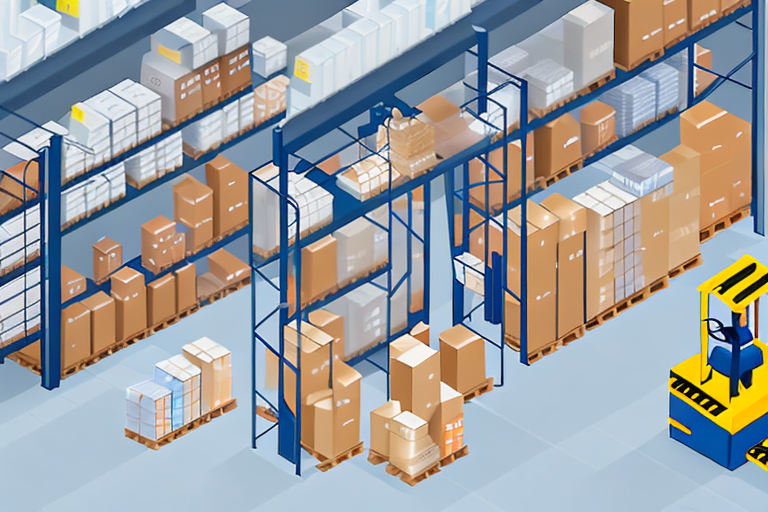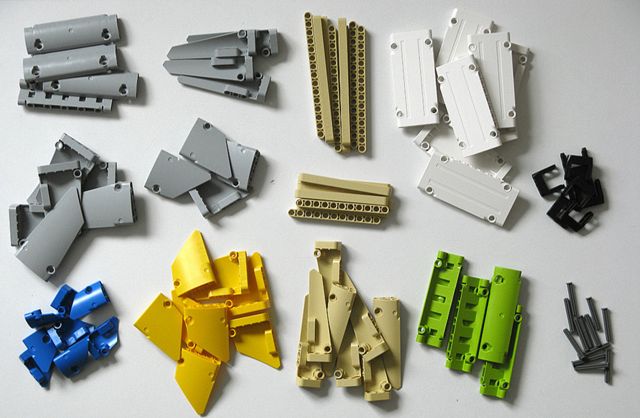Discover the different types of inventory costs and how they impact your business.
Read MoreInventory Planning Blog
Why You Need a Dedicated Inventory Optimization and Forecasting Software
Posted on Thu, May 09,2024@12:15 PM
Discover the benefits of using a dedicated inventory optimization and forecasting software to streamline your business operations, minimize stockouts, and maximize profits.
Read MoreDiscover how to boost your business's cash flow by implementing effective inventory planning strategies.
Read MoreDiscover how effective inventory management can significantly impact your business's profitability.
Read MoreTags: inventory optimization, Inventory Planning Solutions, optimized inventory planning
Tags: Forecasting Inventory, Inventory Planning Solutions, optimized inventory planning
Foreword
In today’s dynamic business climate, companies are looking for simple ways to reduce waste and improve profitability. Going through many business cycles or phases faster than ever, new technology initiatives must be affordable, easy to implement, and have a high, measurable rate of return.
Read MoreTags: Inventory Planning, Supply Chain, forecasting, inventory management, Inventory Planning Solutions, inventory forecasting
e-Commerce Forcing Companies to Improve Inventory & Supply Chain Planning
Posted on Tue, Aug 01,2023@11:00 AM
A more complex global environment is creating significant inventory challenges for manufacturing inventory planning. Manufacturing companies need to become more innovative and resourceful to compete in today’s global marketplace. Many manufacturers not only produce goods for other manufacturers, but they are also now selling their products directly to other manufacturers (B2B commerce) and even consumers (B2C commerce). The use of e-Commerce rising so dramatically has added more challenges for managing both production and finished goods inventories.
Read MoreTags: Inventory Planning, Inventory Planning Solutions, Demand Forecasting
Your company’s mission is to be the best supplier of your products on the market today. Most companies define what that means in terms of serving the customer. Ecommerce has dramatically changed the way companies must serve their customer. For example, your customers can send you an order over the Internet or by calling and they will get a return confirmation promptly. You will ship all orders within 24 hours. You will offer a variety of products that is both broad and deep.
Read MoreTags: Inventory Planning, SAP, NetSuite, Demand Planning, Spreadsheets, inventory management, Inventory Planning Solutions
The Financial Metrics in Measuring a Well-Balanced Inventory – Part 1
Posted on Mon, May 01,2023@11:00 AM
Most small businesses use an ERP system from companies like SAP, NetSuite and Microsoft. But they fall short of providing inventory optimization and rationalization. Achieving a well-balanced, efficient inventory is no small task as supply chain complexity is ever increasing. How do you get there? How do you know when you have arrived? Understanding and using some basic financial and accounting methods with an advanced inventory optimization solution will help get you there. It will also help keep you there.
Inventory planning uses a wide range of variables and metrics, which generally include:
Read MoreTags: Inventory Planning, SAP, NetSuite, Demand Planning, Supply Chain, Inventory Planning Solutions, NetSuite Demand Planning
Valogix Advanced Inventory Planning and Optimization for NetSuite
Posted on Wed, Feb 01,2023@10:07 AM
As your business grows and gains in complexity, you may need to explore how advanced inventory planning and optimization capabilities can take your business to the next level. Valogix, a global award-winning partner of NetSuite. We offer a specialized multi-stage planning engine that more effectively plans inventories and compliments NetSuite.
Read MoreTags: Inventory Planning, NetSuite, Demand Planning, Valogix, Inventory Planning Solutions, NetSuite Demand Planning
Spare parts inventory management is a prime candidate for advanced inventory planning and optimization solutions. With many diverse parts to manage and a lack of power tools, most companies with parts inventories have too many of the wrong parts. The result is unnecessary inventory expense, while still suffering service-limiting stock-outs.
Read MoreTags: Inventory Planning, Demand Planning, Inventory Planning Solutions
The challenge facing people and companies is they must work steadily at improving their inventory management. In order to improve, you need to know where you are today. First, is to determine what they have accomplished and how competent they are in their planning. Their level of experience and results must be measured to accurately and efficiently move forward.
Read MoreTags: Inventory Planning, Forecasting Inventory, Inventory Planning Solutions, customer service












